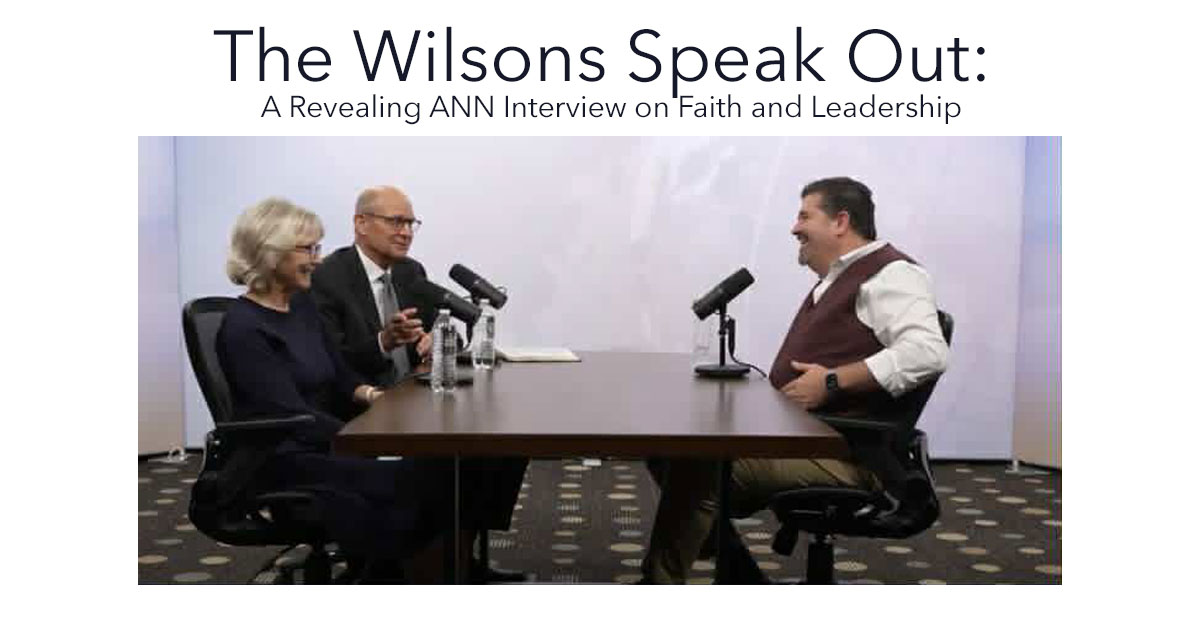 July 10, 2025
July 10, 2025
 Adventist News Network
Adventist News Network
 Special Report – Day Eight of the GCSession 2025
Special Report – Day Eight of the GCSession 2025
 The day included:
The day included:
 Election activities
Election activities A special focus on technology and IT
A special focus on technology and IT
 Regional reports were presented by:
Regional reports were presented by:
• SID – Southern Africa-Indian Ocean Division
• SPD – South Pacific Division
• IAD – Inter-American Division
 The delegates:
The delegates:
 Visited booths of Adventist publishers
Visited booths of Adventist publishers Participated in programs highlighting the local impact of Adventism
Participated in programs highlighting the local impact of Adventism Celebrated international reunions
Celebrated international reunions Learned about women’s ministries initiatives
Learned about women’s ministries initiatives
 Find more insights and background at ANN.
Find more insights and background at ANN.
 Stay tuned!
Stay tuned!
ANN brings you everything you have to know about what’s happening in the church worldwide.



 July 10, 2025
July 10, 2025 Adventist News Network
Adventist News Network SPD – South Pacific Division
SPD – South Pacific Division Welcome to the South Pacific Division (SPD)
Welcome to the South Pacific Division (SPD) The SPD includes Australia, New Zealand, Papua New Guinea, and numerous islands throughout the South Pacific.
The SPD includes Australia, New Zealand, Papua New Guinea, and numerous islands throughout the South Pacific. From evangelistic campaigns in Papua New Guinea to church planting on various islands and the use of modern communication tools –
From evangelistic campaigns in Papua New Guinea to church planting on various islands and the use of modern communication tools – Learn more about the work of the church in this region:
Learn more about the work of the church in this region: 
 Stay tuned!
Stay tuned!
 July 10, 2025
July 10, 2025 Adventist News Network
Adventist News Network SID – Southern Africa-Indian Ocean Division
SID – Southern Africa-Indian Ocean Division Welcome to the Southern Africa-Indian Ocean Division (SID)
Welcome to the Southern Africa-Indian Ocean Division (SID) The SID covers large parts of the African continent as well as island nations in the Indian Ocean.
The SID covers large parts of the African continent as well as island nations in the Indian Ocean. With a total of 4.3 million members across 23 countries, it is the second-largest division in the world.
With a total of 4.3 million members across 23 countries, it is the second-largest division in the world. Since 2022, over 8,000 people have been baptized, and the division continues to work diligently to reach even more with the message.
Since 2022, over 8,000 people have been baptized, and the division continues to work diligently to reach even more with the message. Learn more about the work of the church in this region:
Learn more about the work of the church in this region: 
 Stay tuned!
Stay tuned! (
(

